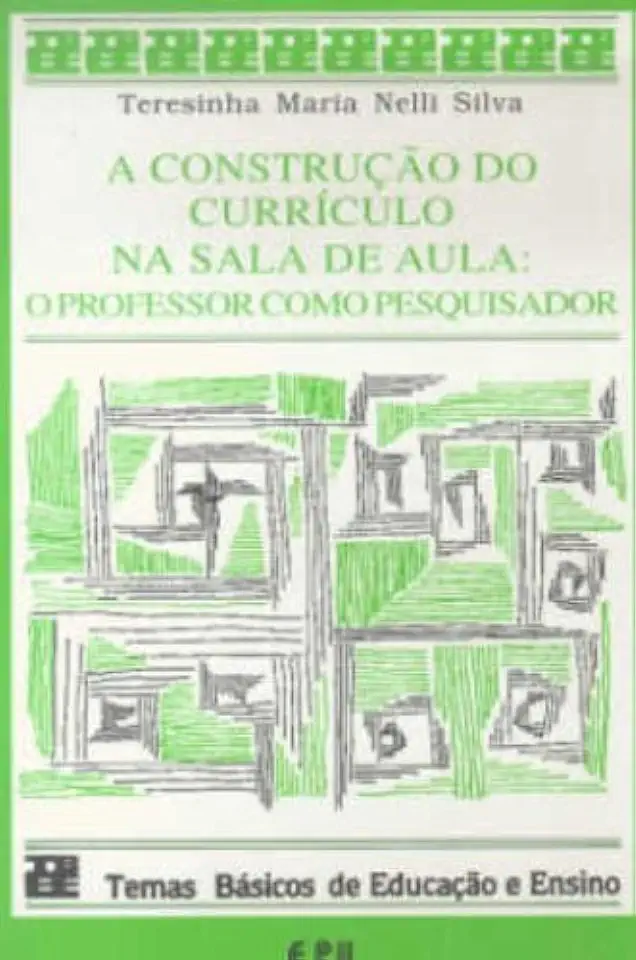
Curriculum Construction in the Classroom
Curriculum Construction in the Classroom: A Guide to Developing Meaningful Learning Experiences
Introduction
In today's rapidly changing world, it is more important than ever for students to have a strong foundation in the core subjects. However, simply teaching students facts and figures is not enough. Students also need to be able to think critically, solve problems, and communicate effectively. This is where curriculum construction comes in.
Curriculum construction is the process of designing and implementing a learning experience that will help students achieve their full potential. It involves identifying the goals and objectives of the curriculum, selecting the appropriate content and materials, and developing effective teaching methods.
The Importance of Curriculum Construction
Curriculum construction is essential for several reasons. First, it helps to ensure that students are learning the skills and knowledge they need to succeed in life. Second, it helps to create a positive and engaging learning environment that motivates students to learn. Third, it helps to promote equity and access to education for all students.
The Process of Curriculum Construction
The process of curriculum construction can be divided into four main steps:
- Identifying the goals and objectives of the curriculum. What do you want students to learn from the curriculum? What skills and knowledge do they need to develop?
- Selecting the appropriate content and materials. What content will best help students achieve the goals and objectives of the curriculum? What materials will be most effective in teaching the content?
- Developing effective teaching methods. How will you teach the content in a way that is engaging and effective? What teaching methods will best help students learn?
- Evaluating the curriculum. How will you know if the curriculum is effective? What data will you collect to assess student learning?
Challenges of Curriculum Construction
There are a number of challenges associated with curriculum construction. Some of the most common challenges include:
- Lack of time and resources. Curriculum construction can be a time-consuming and resource-intensive process. Teachers often have limited time and resources to devote to curriculum development.
- Competing priorities. There are many different demands on teachers' time and attention. Curriculum construction can sometimes be seen as a less important priority than other tasks, such as teaching and grading.
- Lack of expertise. Curriculum construction requires a high level of expertise in both content and pedagogy. Teachers may not always have the necessary expertise to develop effective curricula.
Overcoming the Challenges of Curriculum Construction
Despite the challenges, there are a number of ways to overcome them and develop effective curricula. Some of the most effective strategies include:
- Collaboration. Curriculum construction is best done collaboratively. Teachers can work together to share ideas, resources, and expertise.
- Professional development. Teachers need to have the opportunity to develop their expertise in curriculum construction. This can be done through workshops, conferences, and online courses.
- Use of technology. Technology can be a valuable tool for curriculum construction. Teachers can use technology to find resources, create materials, and communicate with colleagues.
Conclusion
Curriculum construction is an essential part of teaching. By following the steps outlined in this guide, teachers can develop effective curricula that will help students achieve their full potential.